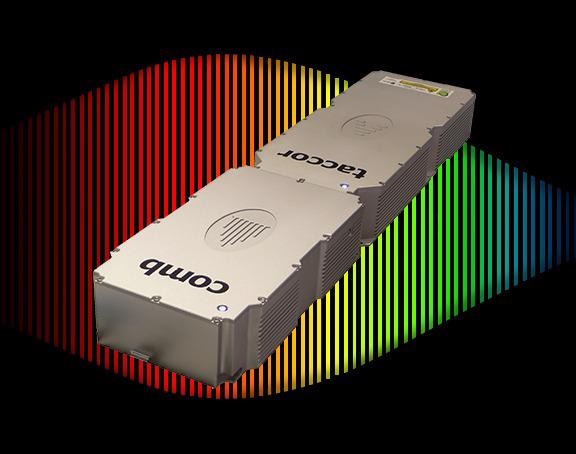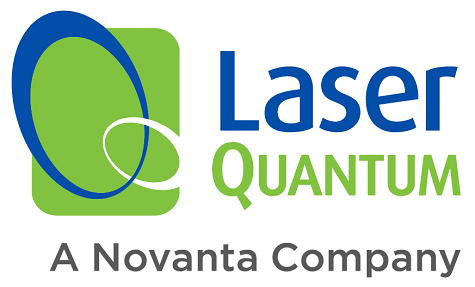Dec 10 2020
Occasionally abbreviated to DCS, dual-comb spectroscopy is an innovative spectroscopic method that utilizes two coherent laser sources with equally-spaced, discrete frequency lines.
Frequency comb is the term given to laser sources with this kind of spectrum. The main advantage of utilizing two frequency combs is that the spectral response of the sample can be efficiently evaluated on what is called a tooth-by-tooth basis.
This article will explain what this means in practice. It is beneficial to explore the working concepts of dual-comb spectroscopy to fully grasp the advantages of this innovative spectroscopic technique.

Dual-Comb Spectroscopy: The Basics
The aim of dual-comb spectroscopy is to produce an RF spectrum by heterodyning two separate frequency combs with repetition rates that vary slightly. The RF comb generated contains identifiable beats between pairs of optical comb teeth.
This is achieved by positioning a sample in the optical beam paths of one or both of the coherent laser sources. The encoded response is recovered through heterodyne detection. A fast photodiode combines and collects each beam into a distinguishable RF comb, which can be accessed using regular electronics.
Spectra in the RF and optical domains should have equal correspondence. The RF comb can be accurately sampled to create a digital spectrum with all the appropriate spectroscopic information.
Dual-Comb Spectroscopy: The Benefits
Different information will be generated from different configurations, but dual-comb spectroscopy is largely reputed for its stability, speed and precision. It can deliver fast, broadband spectral measurements with high signal-to-noise ratios and superior resolution.
The use of RF referencing to perform spectral analysis is also advantageous for its simplicity and ease. This simplicity can be noted even in the general construction of dual-comb spectroscopy.
Unlike conventional spectroscopic equipment, no gratings or complicated moving parts are required to spread the optical spectrum and separate optical frequencies in dual-comb spectroscopy.
This is digitally performed in the RF domain. One result of this is that each optical path can be easily deployed on photonic chips or optical fibers, which drastically decreases the complexity of the design. This means that dual-comb spectrometers are robust and compact, with superior compensation for external interruptions.
Laser Sources for Dual-Comb Spectroscopy
Laser Quantum provides a wide selection of coherent laser sources appropriate for use in dual-comb spectroscopy applications. One of the popular solutions available is the robust 1 Gigahertz (GHz) taccor comb, a Ti:sapphire laser with a match dispersion compensation module and super-continuum generation capabilities.

This information has been sourced, reviewed and adapted from materials provided by Laser Quantum Ltd.
For more information on this source, please visit Laser Quantum Ltd.